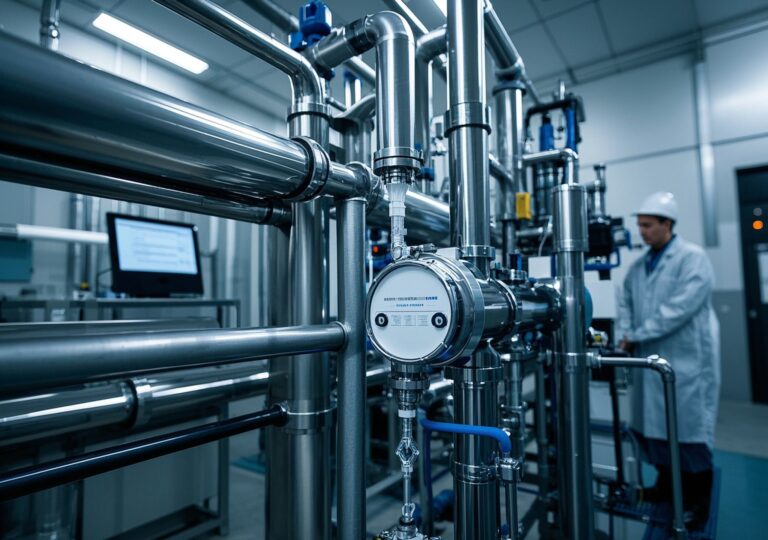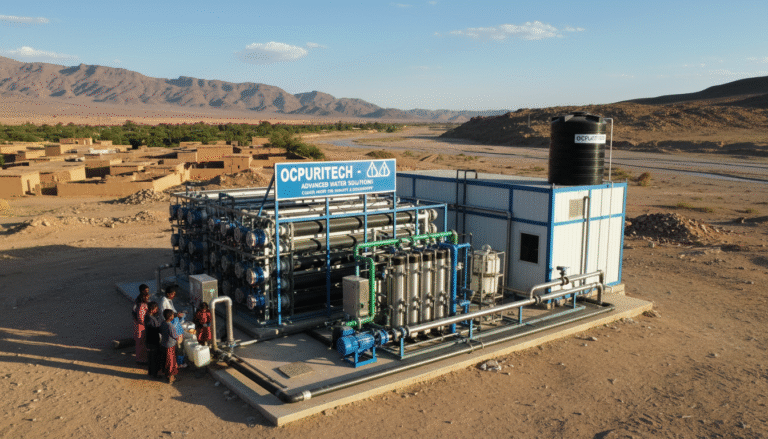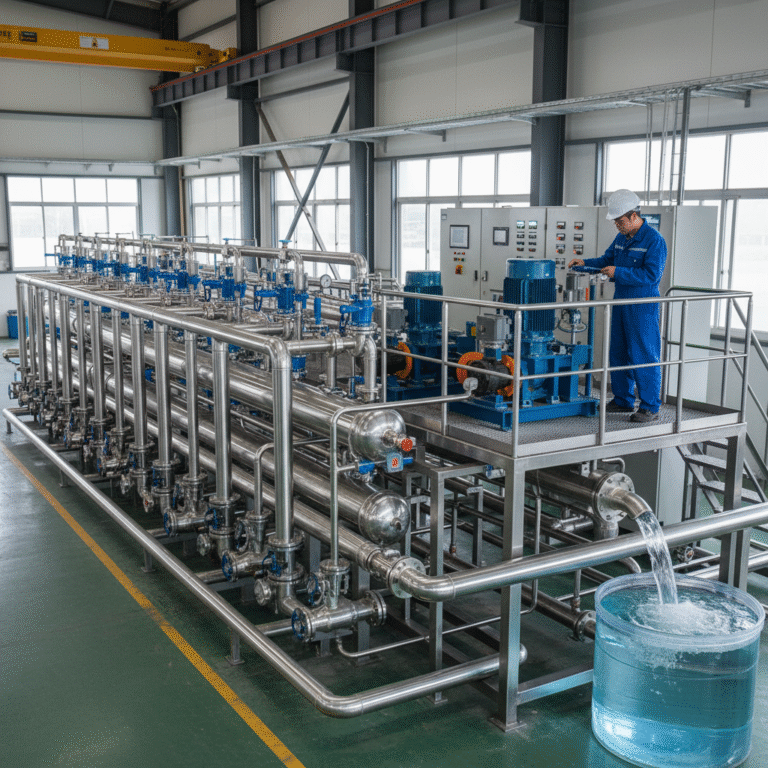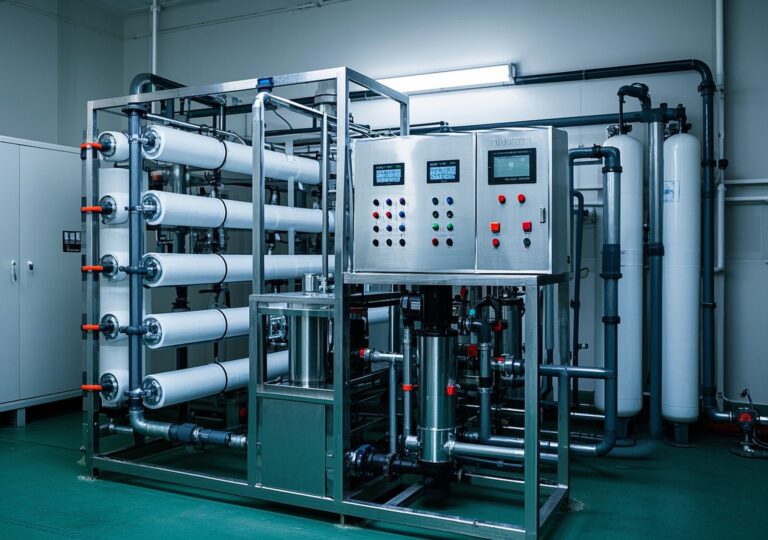Revamped Performance with 75gpd water treatment RO membrane in the industrial arena
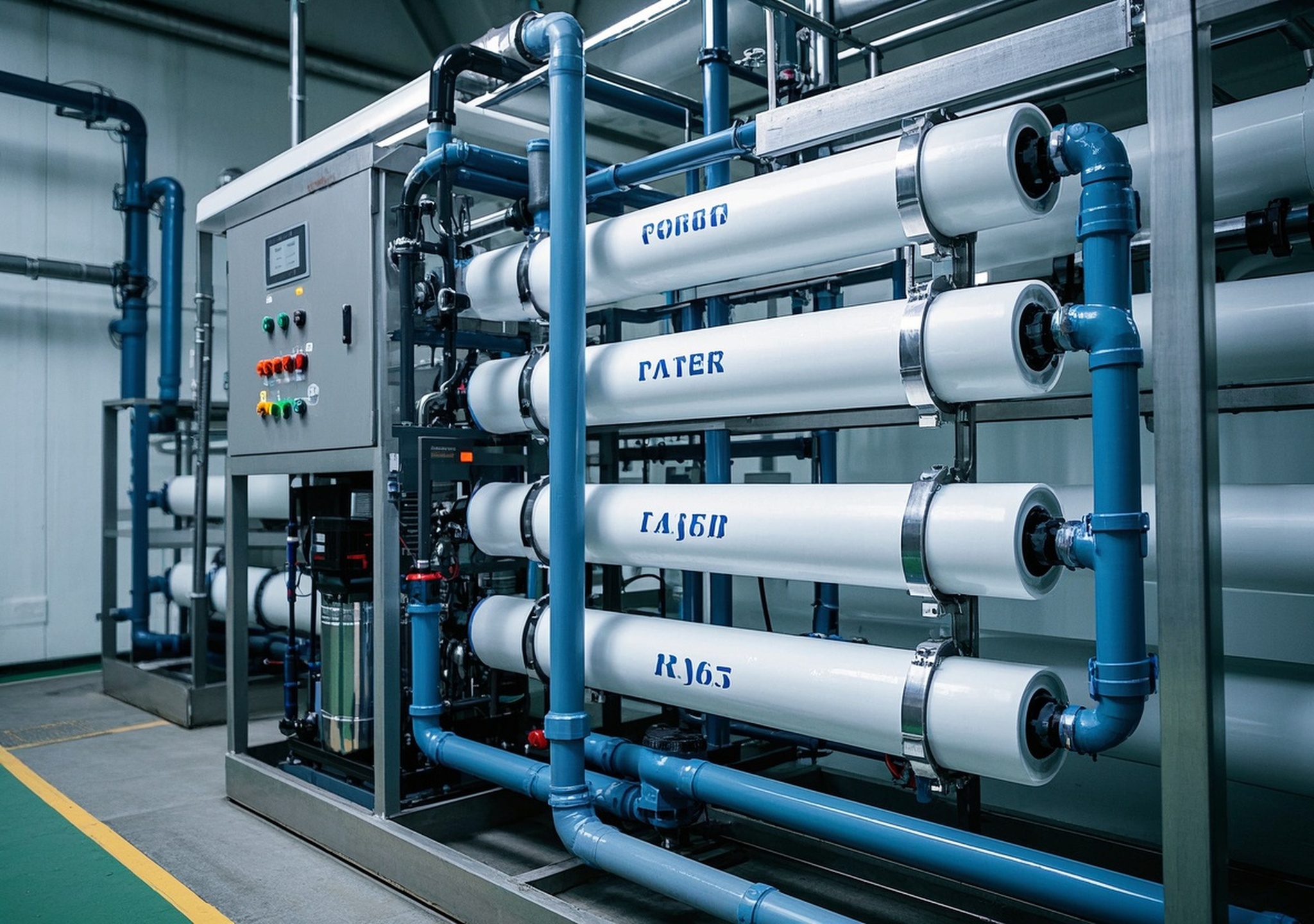
Revamped Performance with 75gpd Water Treatment RO Membrane in the Industrial Arena
1. Industry Landscape and Corporate Expertise in Industrial Water Treatment
In today’s industrial environments, water treatment plays a pivotal role not only in maintaining operational efficacy but also in fulfilling rigorous environmental protection mandates. Leading manufacturers in the water purification sector have committed to developing advanced, reliable, and eco-friendly solutions to address escalating water quality challenges worldwide. These companies prioritize research and development (R&D), applying cutting-edge membrane technologies and system integrations to meet diverse industrial needs while mitigating ecological impacts.
The industrial water treatment domain encompasses a broad spectrum of applications, from heavy manufacturing to food and beverage, pharmaceuticals, and specialized fields such as laboratories and aquaria. The adoption of efficient filtration membranes like the 75gpd water treatment RO membrane has elevated the standards for purification, ensuring consistent water quality essential for production processes and compliance with environmental regulations.
2. Diverse Product Portfolio of Water Treatment Equipment
An all-encompassing product suite is critical for tackling the various demands of industrial water processing. The following sections highlight major equipment categories with technical insights addressing performance and application specifics.
2.1 Reverse Osmosis (RO) Systems with 75 GPD RO Membranes
Reverse osmosis represents an essential technology in industrial water purification, capable of removing dissolved solids, heavy metals, and microbial contaminants. The core component, the 75gpd water treatment RO membrane, typically a Thin-Film Composite (TFC) polyamide type, functions with remarkable selectivity, eliminating impurities as fine as 0.0001 microns.
- Technical Specs: Rated at 75 gallons per day (~284 liters), operating optimally around 50-60 psi feed pressure and 25°C feed temperature.
- Performance: Salt rejection rates range between 97% to 99%, certified under NSF/ANSI Standard 58, ensuring water safety.
- Applications: Suitability spans light industrial uses, laboratories, aquaculture, and smaller specialty manufacturing requiring consistent water purity.
2.2 Ultrafiltration (UF) Systems
Ultrafiltration complements RO by removing suspended solids, colloids, and large microbial cells without desalination. UF serves as an excellent pre-treatment step or standalone treatment in industrial processes where particulate removal is prioritized.
- Membranes typically function at molecular weight cut-offs between 10,000 to 100,000 Daltons.
- Highly effective in wastewater reuse, food processing, and chemical manufacturing.
2.3 Electro-Deionization (EDI) Systems
EDI merges ion-exchange resins and electric current to enhance purity levels beyond conventional RO outputs. This technology is suited for industries requiring ultra-pure water, such as semiconductor fabrication and pharmaceuticals.
- Allows continuous regeneration without chemical use.
- Targets resistivity values >18 MΩ·cm.
2.4 Pre-Treatment and Softening Systems
Protecting RO membranes and downstream equipment necessitates robust pre-treatment strategies. These include multimedia filters, activated carbon beds, and ion-exchange softeners to reduce turbidity, chlorine, hardness, and organics.
- Ensures extended membrane life and system stability.
- Customizable based on feed water quality and industry demands.
3. Technological Innovations and Competitive Advantages
Modern water treatment equipment manufacturers increasingly integrate innovations that optimize performance, lower operational costs, and reduce environmental impact. Below is a comparative summary illustrating advantages of advanced RO membranes against traditional filtration technologies.
| Feature | Traditional Filtration | 75 GPD RO Membrane Technology |
|---|---|---|
| Contaminant Removal | Limited: Sediments & some bacteria | Extensive: Dissolved solids, heavy metals, bacteria, viruses (up to 0.0001 micron) |
| Water Recovery Rate | Variable, often low | Up to 75% of rated capacity under optimal conditions |
| Energy Consumption | Moderate | Optimized with low operating pressures (~50 psi), reducing power use |
| Certification Standards | Generally unregulated or less stringent | Complies with NSF/ANSI 58 for potable water safety |
| Lifespan | Typically shorter; frequent replacements | Up to 24 months or 35,000 gallons with proper maintenance |
These innovations provide industries with scalable and reliable solutions, improving purification consistency while maintaining cost-effectiveness and sustainability.
4. Global Industry Position and Market Outlook
The industrial water treatment sector is undergoing rapid growth, driven by heightened regulatory frameworks and increasing water scarcity concerns, particularly in emerging markets in Africa, Southeast Asia, South America, and broader Asia. Companies leading in membrane technology and system integration establish authoritative roles in shaping global standards and delivering high-performance equipment tailored for these regions’ unique water profiles and economic contexts.
Market analysis projects a continued rise in demand for mid-scale water treatment units, such as those incorporating 75gpd water treatment RO membrane technology, due to their adaptability in decentralized industrial plants and specialty applications. The requirement for robust, certified, and energy-efficient membranes cements their place as core components in next-generation systems.
5. Manufacturing Excellence and R&D Capabilities
World-class manufacturing bases integrate precision automation, advanced quality controls, and environmentally conscious production methodologies. High throughput membrane fabrication lines ensure consistency in rejection rates and durability. Rigorous testing simulates field conditions, verifying performance metrics like salt rejection and flow rates.
In parallel, dedicated R&D teams collaborate with academic and industrial partners to pioneer improvements in membrane chemistry, fouling resistance, and system integration. Such initiatives yield iterative product designs that meet evolving industrial challenges effectively.
6. Client Success Stories and Industrial Impact
In my recent engagement with a mid-sized aquaculture firm, integrating 75gpd water treatment RO membrane units enhanced water quality parameters, reducing total dissolved solids (TDS) from 450 ppm to below 20 ppm consistently. This led to a 15% increase in stock survival rates and a measurable upswing in biomass yield.
Similarly, a pharmaceutical plant facing fluctuations in feed water hardness implemented a combination of softening systems and RO membranes. Over six months, operational downtime from membrane fouling decreased by 30%, resulting in annual cost savings exceeding $50,000 in maintenance and replacement expenses.
These examples underscore the membranes’ reliability in improving process stability and cutting lifecycle costs in diverse industrial scenarios.
7. Commitment to Environmental Sustainability
Environmental stewardship remains a fundamental pillar in modern water treatment technology development. The use of energy-efficient membranes lowers carbon footprints, while robust pre-treatment reduces chemical consumption and wastewater volumes.
Moreover, manufacturers promote recyclable membrane components and green manufacturing practices, striving to minimize ecological disruption while delivering high-purity water essential for industrial resilience and community health.
8. Connect with Industry Experts for Tailored Solutions
Companies and technology users interested in advancing their water treatment capabilities are encouraged to engage with experienced vendors offering bespoke engineering solutions. Initial consultations often include feed water assessment, process design, and operational training, ensuring comprehensive system optimization.
Prospective clients can leverage multi-channel support – including direct inquiry portals, virtual demonstrations, and on-site evaluations – to select the most appropriate combination of membranes, pre-treatment units, and system accessories tailored to their operational context.
Summary
The integration of the 75gpd water treatment RO membrane within industrial water treatment systems marks a significant evolution, balancing high-performance purification with operational economy. Its certified efficacy, combined with modular applicability across industries, addresses a growing global imperative for sustainable and reliable water management solutions. When paired with complementary treatments and backed by strong manufacturing and R&D foundations, these membranes empower industries to meet rigorous water quality standards while fostering environmental responsibility, especially in developing regional markets.
Authoritative Data References
- NSF International: NSF/ANSI Standard 58 for Reverse Osmosis Drinking Water Systems
- DuPont Filmtec Product Technical Data and Certification
- Industry Publications on Performance Metrics of Thin-Film Composite Membranes, September 2025

